All students, and lecturers for that matter, will tell you that the majority of the rooms they teach in each day are pretty dull and uninspiring. When this is the case, it often doesn’t matter how interesting the lecture is on paper, or how exciting you try and make it with your use of materials, it can be wasted on the students who take one look at the peeling paint on the walls and spend five minutes on the hard, uncomfortable furniture, causing them to switch off.
Inspiring students doesn’t just work by providing them with an exciting lesson that teaches them how to do the kind of things that will turn them into outstanding characters and individuals in their chosen fields, it comes from their environment too.

If they’re in a comfortable location, it has been proven, that they are much more likely to remain engaged and giving the tutors their full attention to take the information in and use it effectively on a long-term basis, not just telling their flatmates a useful stat over a takeaway pizza that night.
So how do Universities ensure that students are in that “comfortable” environment? While you could argue that they’re there to learn, not to be entertained, it is vital that everyone in the room is in the right frame of mind to take part in the class from the person delivering it to those (supposedly) making notes. Universities spend thousands each year improving their all-round facilities to ensure that students have the best learning environments and materials yet some still remain outdated.
The seating is the biggest issue. Many rooms still have long benches which require students to take notes on their laps, either using computers or notebooks. When you’re struggling to balance your paper you’re hardly going to be giving the tutor your full attention, but specialist auditorium seating can make the difference, providing them with comfortable seats that ensure each students has their own space to take notes and sit comfortably for the duration of the lesson.
Lighting is also key to the all-round experience. A dark room will make it difficult to read what is being written on a board or to see what you’re writing yourself, while one that is too bright can compromise vision and clarity of any visual content being shown. It’s important that students can see what they’re doing and trying to watch without having to squint or feel as though they’re straining their eyes. The lighting, in this respect, is tied in with the design of the room.
A bright paint job, such as bright white, should be accompanied by subtle lighting that reflects into areas where it won’t get into people’s eyes, instead just lighting up the room to an adequate level. Dark rooms don’t encourage productivity (especially among lazy students), and those that are too bright can be harmful on the eyes so it takes time to work out the correct lighting but, when done right, it can have a number of positive benefits both aesthetically and in terms of the output from students.













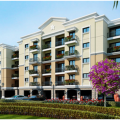


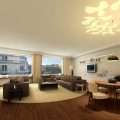






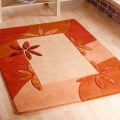

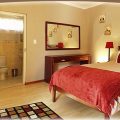


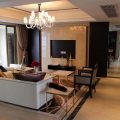

No Comments
Leave a comment Cancel